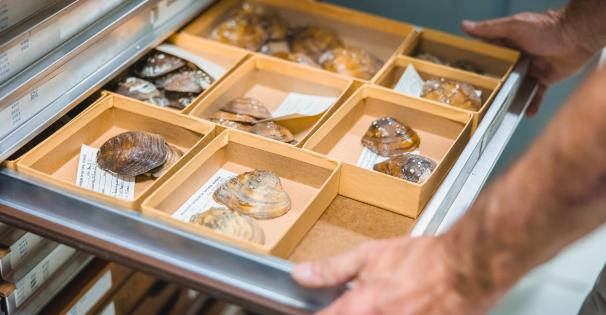
Scientific study is a key component of the purpose and function of the Museum of Natural Science.
The Mississippi Natural Heritage Program (MNHP) identifies and maps in a database the localities of Mississippi's rarest plants, animals, exemplary natural communities, and special geological features to assist with development of state, national…
Research and monitoring activities carried out or administered by museum staff generally target plants, plant communities and nongame wildlife within Mississippi.
Fish and wildlife agencies in each state and territory have been charged by Congress with updating their State Wildlife Action Plan (SWAP) every 10 years.
The Mississippi Museum of Natural Science biological collections originated in 1936, and currently consist of more than 2,000,000 specimens
An endangered species, as defined by Mississippi law, is any species or subspecies of wildlife whose survival and continued welfare in the state is in jeopardy or is likely to become so in the near future.
The Mississippi Museum of Natural Science acts as the state permitting authority for wildlife rehabilitation facilities, scientific collecting and handling of wildlife species, and propagation facilities for non-game species in need of…
The Scenic Streams Stewardship Program was designed to promote voluntary private conservation efforts along Mississippi's unique and outstanding rivers and streams.


